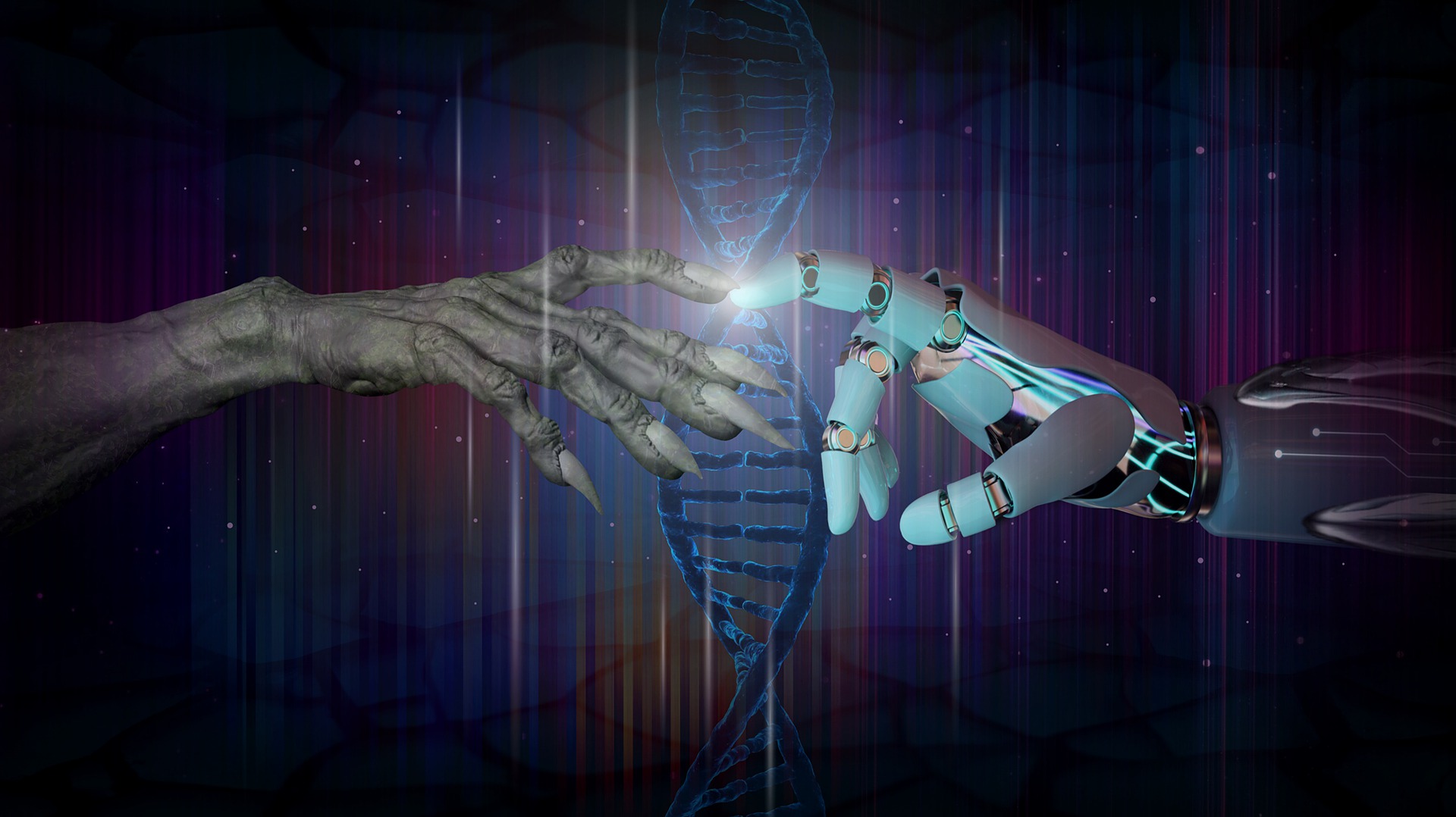Perception
How does the process of Perception Occur?
Published
3 years agoon
Perception is the process of shortening out, interpretation, analysis and integration of stimuli by our sense organs. Perception is a fundamental aspect as our behavior to a large extent is a reflection of how we interpret stimuli from the world around us. Though information may enter our world as integrated wholes, only then stimuli become meaningful.
The environment presents us with series of unending problems. How do we go about solving them?
The following steps help us understand it:
- Most of us try to determine the potential routes and the potential obstacle in each route and make our way through the environment.
- Next we manipulate objects. For instance, we use a pen to write.
- We make decisions on the basis of symbols like written and spoken words.
- We make and execute plans to deal with sudden unexpected events.
How does the process of perception occur?
One explanation was provided by J.L. Gibson. According to him the information from the environment or more specifically its two dimensional representation on our retina- is all that is necessary to live a normal life. The optimal information from the world like the change in the texture, the shifting of objects, images related to one another are sufficient to solve all vision related problems. But many people feel that Gibson’s explanation is inadequate. Another view holds that we require a continually updated image or a model of the environment. This is nothing but a representation of the world within our brains that we use to consciously perceive make decisions and behave. This requires two components.
One is a means of acquiring raw information about the environment. The second is a means of organizing all this raw information into some kind of coherent structure. This involves “assumptions” of how the world is put together. For example, birds are usually to be found above horse’s perception uses such assumptions to integrate incoming sensory information into a model of the world. Based on this, we make decisions and take actions. The sense organ acquired the raw information from the environment. The information is transformed into organized percepts by the brain.
Since perception is a very complex phenomenon, it is difficult to classify it. For the sake of convenience, and arbitrary classification divides it into five categories.
First, the process of attention helps in selecting the incoming information for further processing. Next the system should help us to identify ‘where’ objects are. Third, it should help in determining ‘which’ objects are there. Fourthly, the system must help in abstracting the critical information from the objects. Finally, the perceptual system must maintain certain features of object (constancy).
Hi, I’m Aarti, My Psychoanalytical approach towards my clients is to empower them to better their lives through improving their relationship with themselves. I believe shame and guilt is a common barrier to change. I aim to guide my clients through re authoring their narratives where shame, guilt, and other problems have less power and take up less space.



